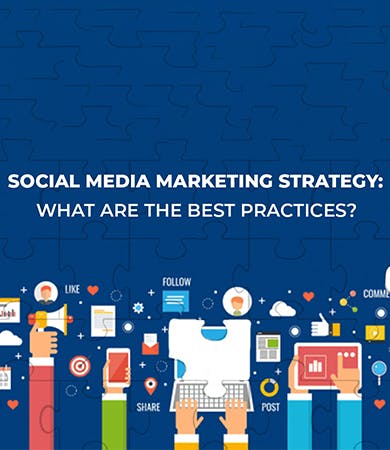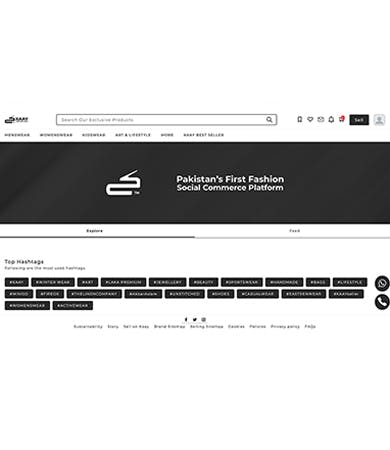How to use Social Media Marketing Platforms to Generate Revenue

The best social media marketing platforms for business include Facebook, YouTube, Instagram, LinkedIn, Twitter, TikTok, and Snapchat. Different social media marketing sites require different approaches, so here’s a brief overview on each one—its user base, main vibes, pros, cons, and content types.
Facebook:
- Users:
1.9 billion daily active users worldwide
- Audience:
An even spread of Generation X and Millennials
- Industry impact
B2C
- Best for:
Brand awareness; advertising
Facebook is the largest social media platform and the most established. Since its launch in 2004, it has become an invaluable tool for B2C businesses, offering advanced advertising tools as well as organic opportunities.

TikTok:
- Users:
1 billion active monthly global users
- Audience:
Primarily Gen Z followed by Millennials
- Industry impact:
B2B and B2C
- Best for:
Short-form, creative video content; user-generated content; brand awareness
When you think of short-form video, you probably think of TikTok. The platform rose in popularity in 2020 and shows no signs of slowing down. It’s one of the best platforms for community building, with marketers ranking it in second place behind YouTube.

Instagram:
- Users:
1 billion monthly active users
- Audience:
Primarily Millennials
- Industry impact
B2C
- Best for:
High-quality images and videos; user-generated content; advertising
Although Instagram launched only 12 years ago, the platform has taken the world by storm. When it comes to sharing visually compelling content, Instagram is where brands go. Another thing that sets the platform apart is its advanced e-commerce tools.
Today, users can discover brands, browse their products and/or service, and complete a purchase without ever leaving the app – making Instagram a hard platform to beat.

X (Formerly Twitter):
- Users:
211 million daily active users worldwide
- Audience:
Primarily Millennials
- Industry impact
B2B and B2C
- Best for:
Public relations; customer service; community building
While Instagram focuses on visuals, Twitter focuses on words. Since the early days of 140-character Tweets, the platform has now expanded to include an audio tool called Twitter Spaces, a community-building tool called Twitter Communities, and Twitter Moments to share interesting content with your followers.
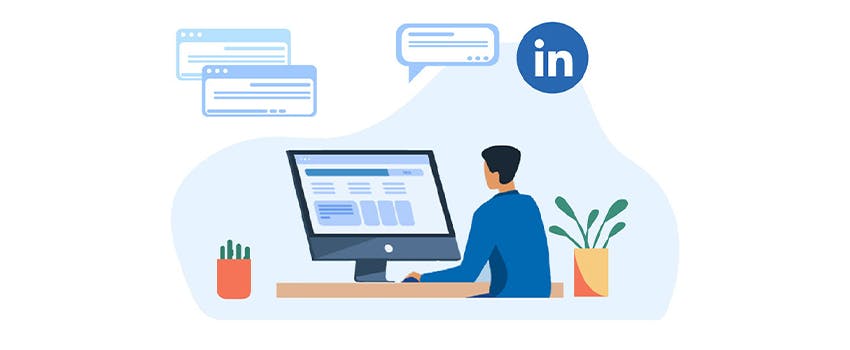
LinkedIn:
- Users:
774 million active users worldwide
- Audience:
Baby boomers, Generation X, and Millennials
- Industry impact
B2B and B2C
- Best for:
PB2B relationships, business development, and social selling
LinkedIn is Facebook’s professional cousin. It’s perhaps the only platform where its audience is clearly defined: Working professionals looking to network and seek out new opportunities.
That makes it the ideal platform for B2B companies looking to identify key decision-makers and build an industry-specific community.
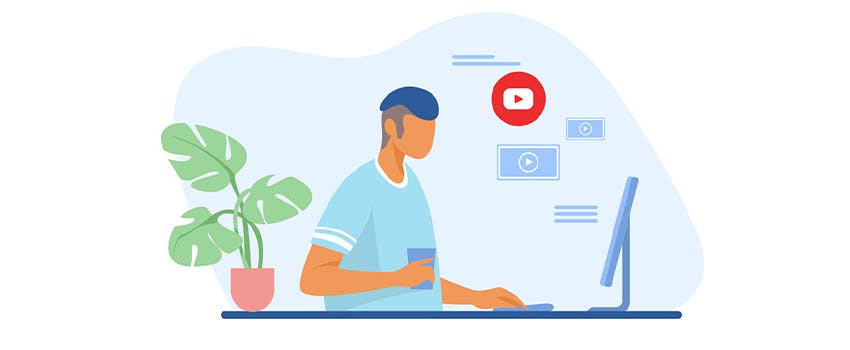
YouTube:
- Users:
Over 315 million daily active users worldwide
- Audience:
Primarily Millennials but has a strong audience across gender and age demographics
- Industry impact:
B2B and B2C
- Best for:
Brand awareness; long-form entertainment, and how-to videos
According to HootSuite, YouTube is the second most visited website in the world. In addition, marketers name it the best platform to build community.
In addition to being an incredibly popular platform, its users also tend to stay longer on it because it features mostly long-form content – making it an ideal platform to share educational content.

Snapchat:
- Users:
306 million daily active users worldwide
- Audience:
Primarily Generation Z
- Industry impact
B2C
- Best for:
Brand awareness; advertising
When Snapchat came out in 2011, leading the charge in ephemeral content. It introduced content that you could share with your friends and that would expire after 24 hours.
The platform peaked in 2015 and has held strong since then. Many thought the brand would disappear once Instagram introduced Stories, the same feature with a different name. However, Snapchat continues to be popular among young adults.
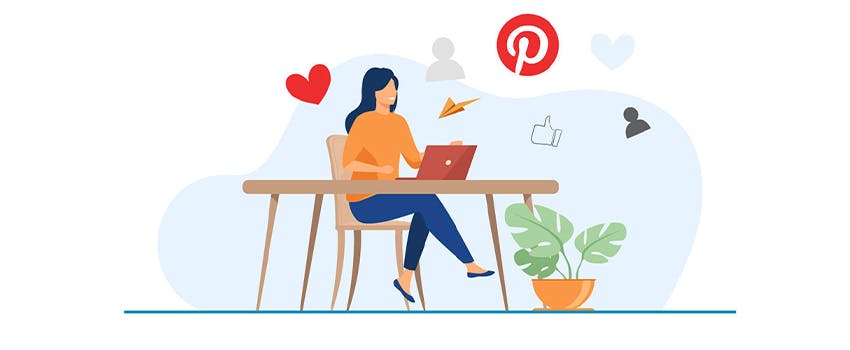
Pinterest:
- Users:
444 million monthly active users worldwide
- Audience:
Primarily Millennials with a solid audience in Gen Z, Gen X and Baby Boomers
- Industry impact
B2C
- Best for:
Visual advertising; inspiration
Think of Pinterest like a visual storyboard that allows users to get inspiration for everything from fashion to home decor.
85% of Pinners say Pinterest is where they go to start a new project. In addition, 80% of weekly Pinners say they’ve discovered a new brand or product on the platform. So, not only is it a great discovery tool but it’s also a way for brands to build their narrative through visual stories.

Clubhouse:
- Users:
10 million weekly active users worldwide
- Audience:
Primarily Millennials
- Industry impact:
B2B and B2C
- Best for:
Audio advertising; inspiration
Clubhouse made a strong impression as soon as it entered the social media world in 2020. The audio-only platform allows people to start interesting conversations with followers as well as strangers and build community.
The platform also gained some buzz for its invitation-only set up when it was in beta testing. Today, the platform is open to everyone globally and on both IOS and Android devices. Another big selling point to this platform is that it works well for both B2B and B2C businesses and leverages audio, which has made a huge comeback in recent years.
Now that we’ve detailed the fundamentals of each social media network, let’s discuss why social media marketing is beneficial for your business.
Determine which social media marketing platforms you will choose:
As a social media marketer, it’s crucial you determine on which social media marketing platforms you’re going to share your content. There’s not necessarily a right or wrong answer when it comes to which social channels your business should use. It is more about the needs of your target audience and where they tend to spend their time.
“It’s important to be where your audience of potential customers is today, and where they might be tomorrow,” said Sarmad Anjum, Co-Founder & COO of It Brain. “That it’s better to be ahead of the curve than behind.”
For example, if you are going for that target audience of athleisure-loving millennials, you may want to focus the majority of your social media efforts on Instagram, this is because millennials cover the largest portion of users on the platform.
Nabeel Anjum, founder and CEO of It Brain, echoes this sentiment.
“Think about their behaviors and where they hang out online. If that’s Pinterest, use that platform for your brand. If that’s TikTok, use that platform for your brand,” Sarmad adds. “Don’t waste time on a platform that your ideal client avatar is not very active on.”
Benefits of Social Media Marketing:
Being popular on social media and creating viral content is every marketer’s summer’s dream. However, without planning, and a clear view of your goals, you won’t make it. Social media platforms are continuously changing, merging new updates and ideas, trends and views that alter users’ perceptions.
You have to constantly make sure that you manage to keep up with the best practices for social media in 2023 to ensure your success.
Hopefully these tips and tricks come in handy when developing your social media strategy. In case you have any questions, we’d be glad to help you. We are only a few clicks away.
To illustrate the benefits of social media marketing, let’s take a look at the experience from the user’s perspective. Well, my perspective.
As I scroll through my Instagram feed every day, I consistently notice new posts and stories by Charcoal. I’ve always been a fan of their Suits, clothing, and accessories, but I also love the content they share on their Instagram profile.
All of their photos have the same branding on them to ensure they match, this makes their profile look professional, artistic, and organized when visitors, like myself, browse their page.
Charcoal’s account also encourages interaction between the company and its followers by providing them with a specific hashtag to use so they can be featured on the page when they post photos with their products. Charcoal’s Instagram account is a great example of successful social media marketing. It’s attractive, distinctly Frye, engages their thousands of followers, and promotes their products.
But why is social media marketing so important? And how do you actually build a social media marketing strategy that’ll work for your specific type of business? There are a variety of reasons why your company should use social media marketing. We’ve created a list of the most beneficial strategies to consider.




